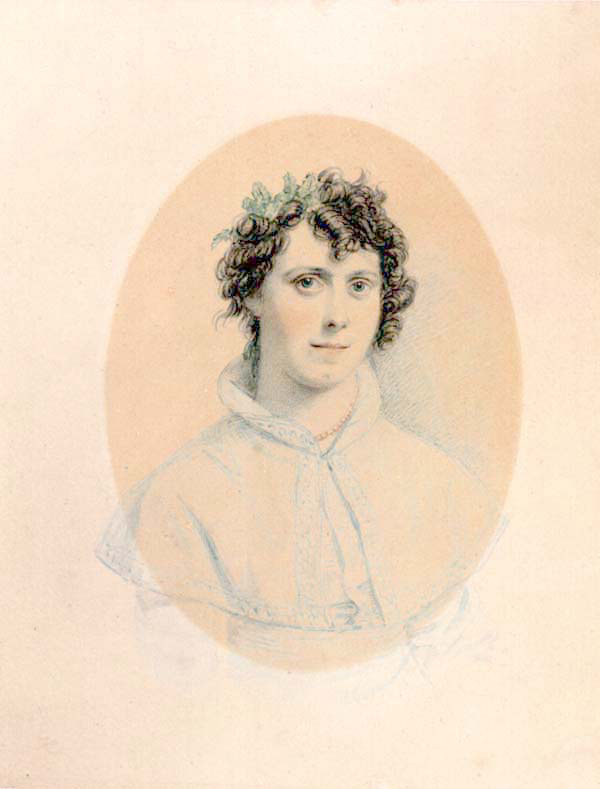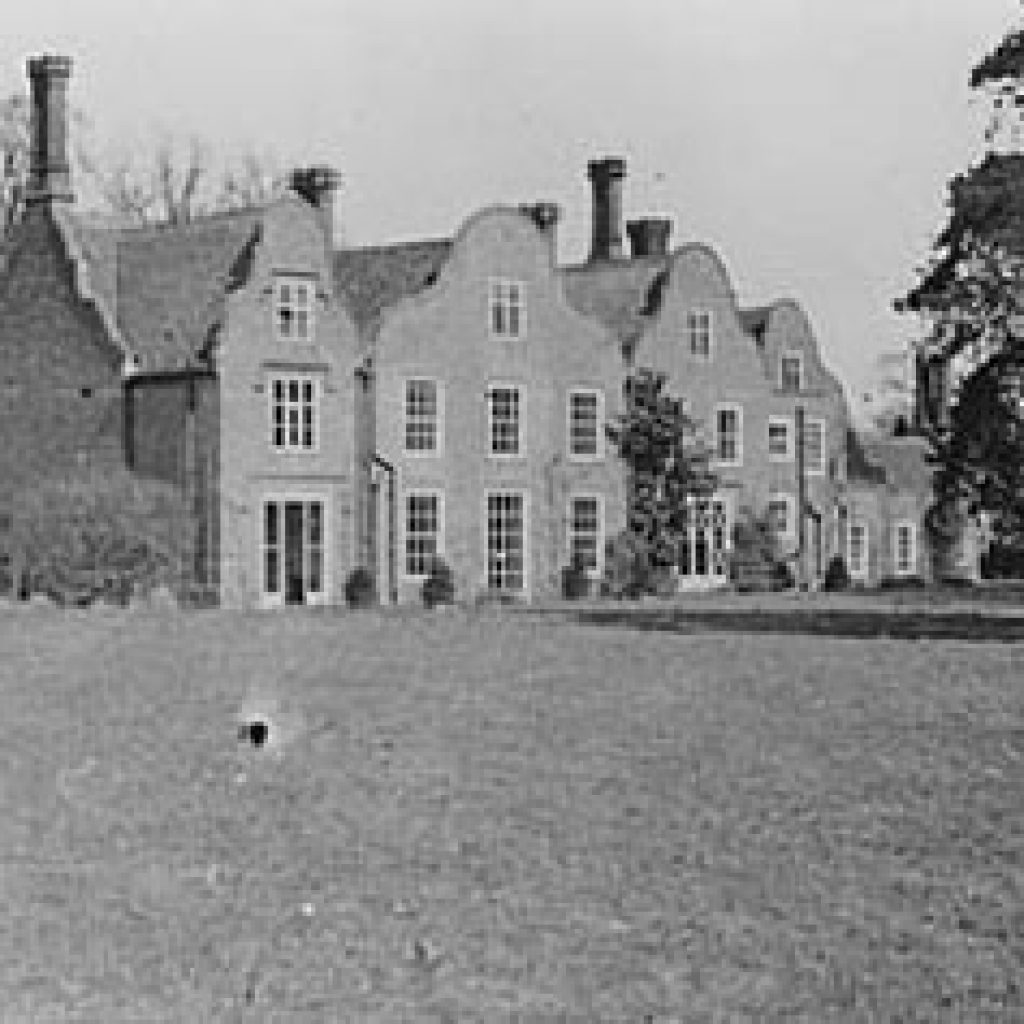
Susanna Moodie
Home in England: A Comfortable Childhood

Image 1.1 Miniature portrait of Susanna Strickland © Public Domain, Source: National Library of Canada, NL-15557
“This Beloved Spot” (Moodie, 1991, p.186)
Susanna was born to Thomas and Elizabeth Strickland in 1803. The family moved to Suffolk, England when she was five years old. One of ten siblings, Susanna spent her childhood at Reydon Hall. Looking back, she remembers her home as an “old fashioned house… embosomed in fine old trees, and surrounded with lawn-like meadows adorned with groups of noble oak and beech” (Moodie, 1991, p. 186). As a child, Susanna loved spending time outdoors and writing poems. Her father passed away in 1818, leaving the family without the means to keep their home.

Image 1.2 Reydon Hall © Public Domain, Source: National Archives of Canada, PA-202944
Marrying for Love
In 1831, Susanna married John Moodie, a lieutenant from Scotland. Their limited financial resources led them to leave England a year later. She described emigration as a consequence of marrying out of love. In her most famous book, Roughing it in the Bush, she wrote, “when you married for inclination, you knew that emigration must be the result of such an act of imprudence in over-populated England” (Moodie, 1989, p. 195). Her comments hint at a shift in England as it entered the Industrial Revolution. During this time, emigrating to the British colonies was seen as a solution to personal debt and overcrowded cities.
“When you married for inclination, you knew that emigration must be the result of such an act of imprudence in over-populated England” (Moodie, 1989, p. 195).
Consider:
As a British citizen, what opportunities were presented to Susanna through colonies within the Empire and how did that affect her decision to move?
How do Susanna’s opportunities differ from someone like Thornton Blackburn or others in this exhibition?
Migrating or departing out of a particular place. Emphasizes the aspect of leaving one place, rather than arriving in another.
This period of time marked an intense technological development, leading to shift in labour from rural to urban centres and rapid population growth as goods became manufactured through mass production in factories.

